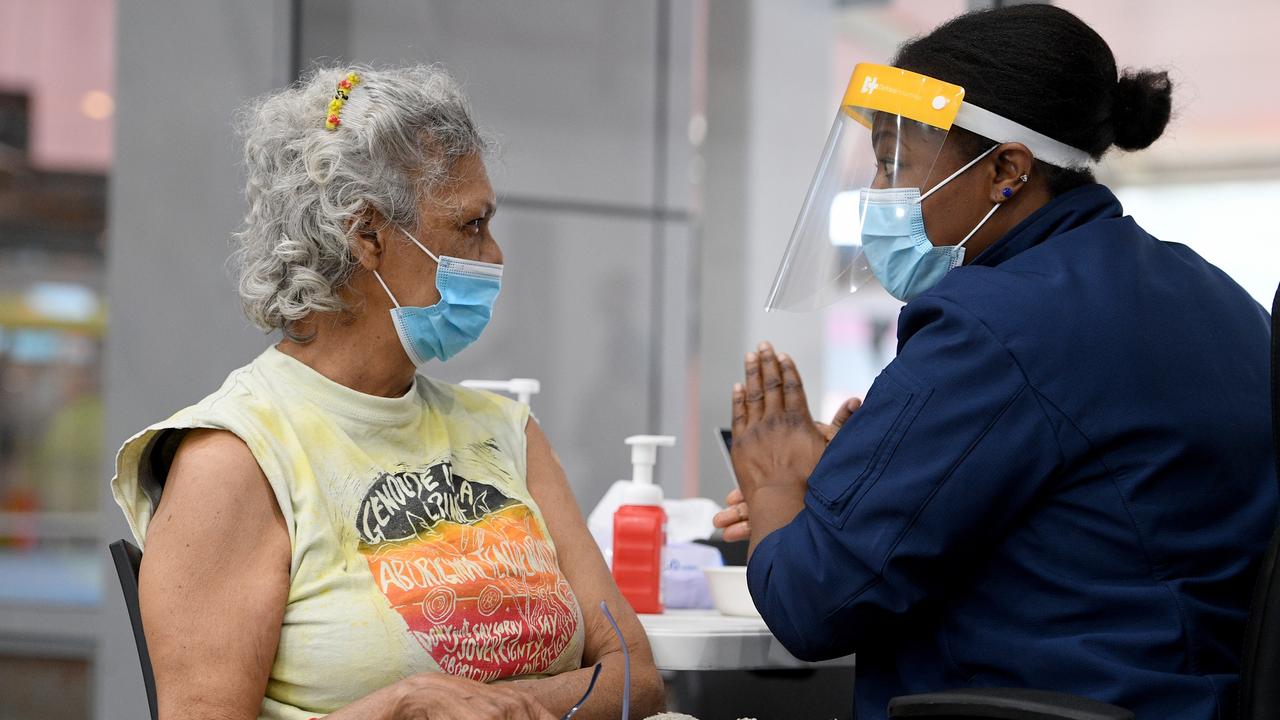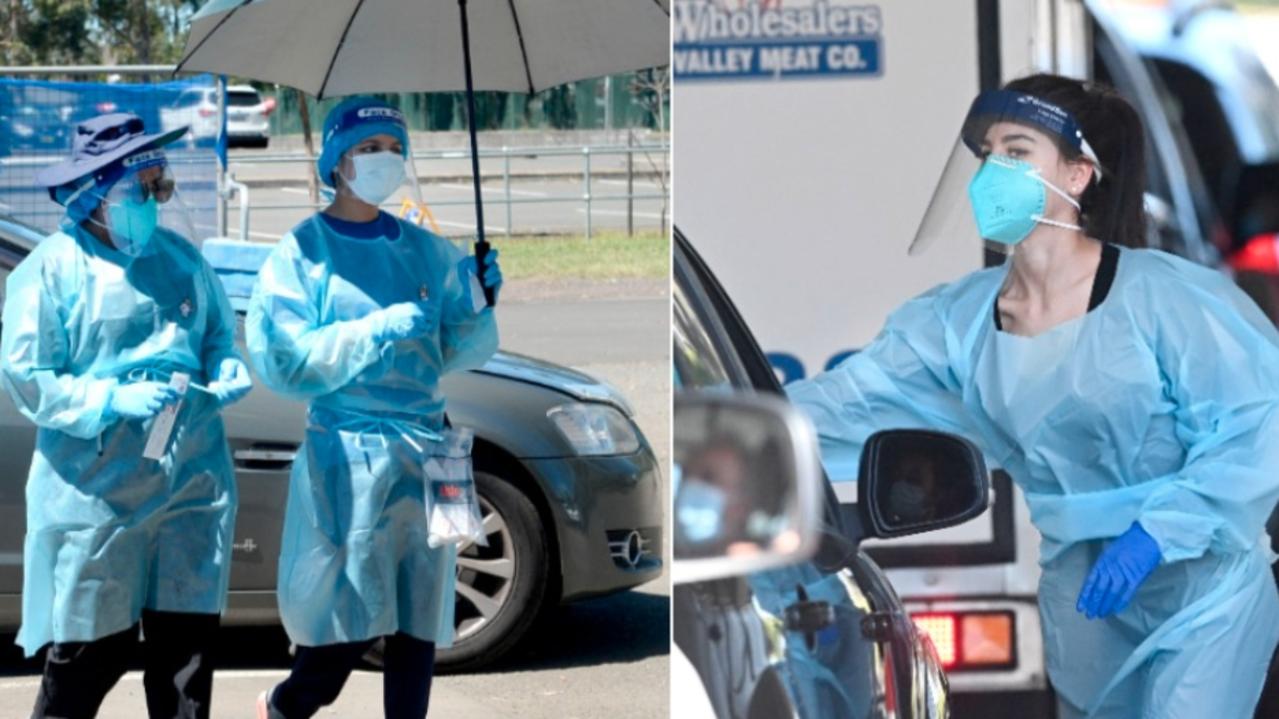The navy launch that was wrecked on North Head and then stripped by locals
On August 5, 1952, at midnight, eight wet and bedraggled seamen stumbled ashore at North Head. They were helped to safety but the locals weren’t so generous when it came to their ship.
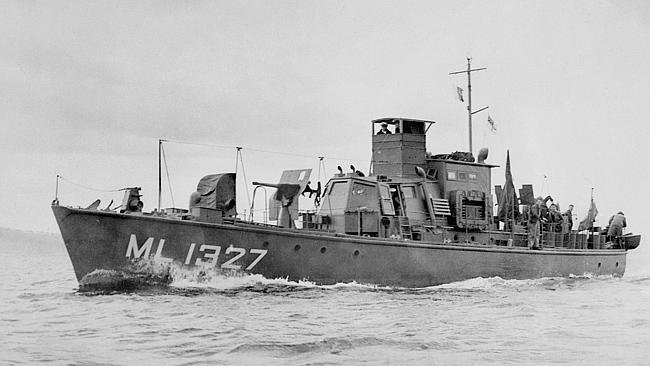
Nth Beaches
Don't miss out on the headlines from Nth Beaches. Followed categories will be added to My News.
- The day timber choked the harbour beaches at Manly
- Buildings in the bush were just for show
- A history of The Lookout and Camden Grammar School at Balgowlah
- Iconic building overlooked Manly Cove for more than 80 years
JUST before midnight on August 5, 1952, residents of the former quarantine station were woken by eight wet and bedraggled seamen whose launch had been wrecked the foot of the cliff at North Head.
The eight men had been aboard a Seaward Defence Motor Launch (SDML) that was being towed by a naval tug to Manus Island.
But the towline broke in rough seas and although the men managed to start their launch’s engines, it subsequently failed and the launch was washed ashore at the base of the cliff near the Old Man’s Hat on the southern face of North Head.
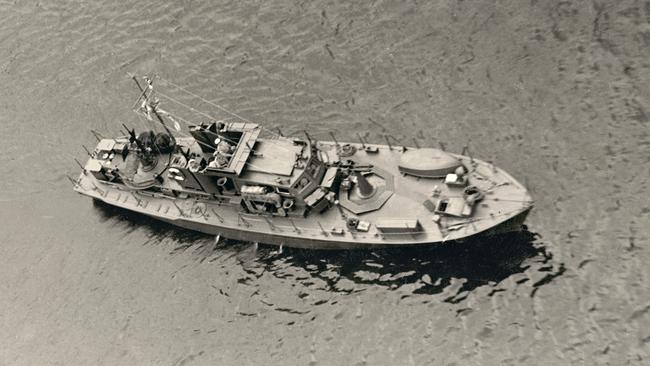
And while the crew were able to laugh about their misadventure once they were on dry ground, many would have been asking why they had been sent to sea in such atrocious conditions.
After all, you’d think the navy would know something about wind and waves and things that float.
On August 4, 1952, Sydney was lashed by gale-force winds and torrential rain, and storm warnings had been issued to coastal shipping in the Tasman Sea.
Two Manly ferries – the Curl Curl and the Bellubera – were damaged as they crossed the Heads and the steamer Birchgrove Park was forced to return to her departure point at Kiama so heavy were the seas.
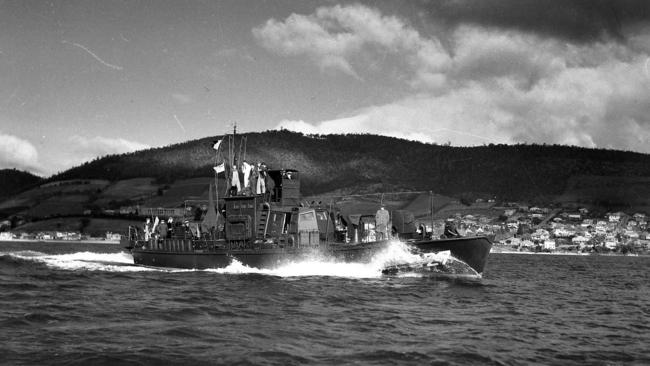
But at 2.55am on August 5, the naval tug HMAS Reserve left Sydney bound for the Australian naval base on Manus Island with the launch in tow.
Throughout the early morning and then through the daylight hours, the Reserve struggled against the heavy seas and towline broken, so the SDML’s skipper was eventually ordered to start his vessel’s engines and return to Sydney, accompanied by the Reserve.
Further attempts were made to attach a towline to the SDML but without success and as the vessels were entering the Heads about 9.30pm, the SDML’s engines failed and it began to drift towards North Head.
Despite desperate attempts by the crew of the Reserve to connect another towline, the SDML was driven ashore just east of the Old Man’s Hat and quickly holed by the rocks.
The petty officer and crew aboard the SDML were able to scramble to safety and make their way up the rocky slope to the Quarantine Station, with only the petty officer suffering injuries in the form of cut feet.
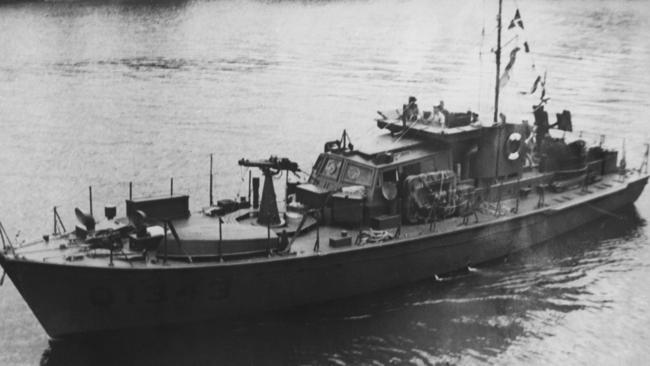
From the Quarantine Station the eight men were taken to HMAS Penguin at Balmoral.
One of the sailors, Able Seaman Rick Rowlands, told a Sydney newspaper the next day: “We broke down about 9.30pm last night and before we realised the danger, we were drifting at a terrific rate towards the headland”.
“It was pitch dark and we didn’t know how near the rocks we were until we struck them.
He was thrown overboard by the impact of the crash and was washed ashore.
“When I looked at the boat, which by this time was washed on to the rocks, all the other members of the crew had jumped for it and were safe on the rocks,” he said.
By the following morning, the vessel had been shoved further up the rocky shore and a gaping hole had been gashed in its hull.
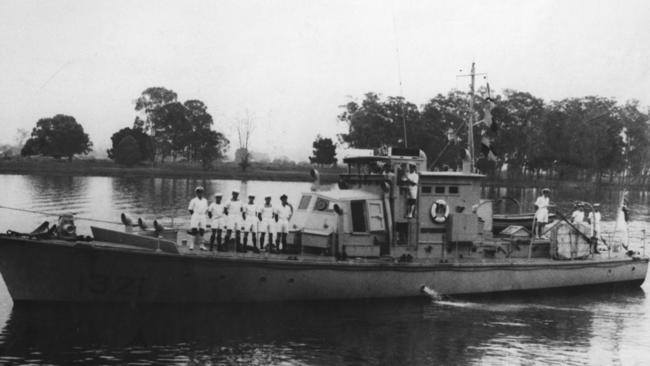
Most of the newspaper reports of the wreck referred to the launch as a Fairmile but it wasn’t.
There were four main types of Fairmile launches built during World War II – imaginatively titled Types A, B, C and D – all of which were more than 34m long.
But the 22m launch that was wrecked on North Head was a smaller class of vessel developed during the war called Harbour Defence Motor Launches (HDMLs).
The timber-hulled boats displaced 54 tons, had a top speed of 12 knots, were powered by two diesel engines and were normally armed with a 3-pounder, a 20mm cannon and two 7.7mm machine guns, although some were armed with a 2-pounder on the foredeck, an Oerlikon 20m cannon on the stern and Vickers or Lewis guns on each side of the bridge.
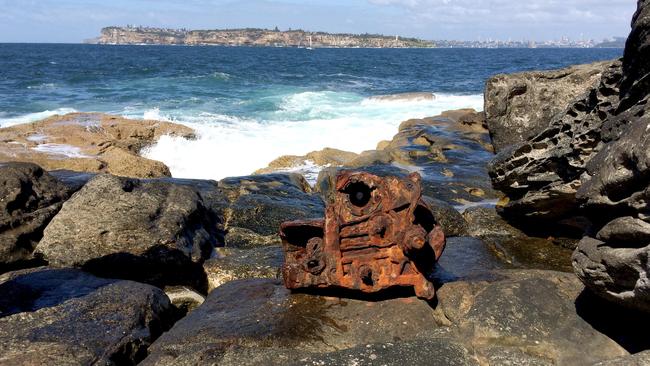
During the war, HDMLs were also equipped with six to eight depth charges and were designed to accommodate a crew of 10.
Most HDMLs were built in the UK and the US, while at least three boat builders in Australia built nine of the 31 HDMLs that were used by the Royal Australian Navy during the war – A. McFarlane & Sons at Birkenhead in South Australia, E.A. Jack at Trevallyn in Tasmania and Purdon & Featherstone at Battery Point in Tasmania.
Those that survived the war were designated Seaward Defence Motor Launches (SDMLs) in the early 1950s.
The launches were numbered, rather than named, and the launch wrecked on North Head on August 5, 1952, according to some newspaper accounts, was designated HDML 1332 before being designated SDML 1332, although there is some doubt about this designation.
But the wreck of the SDML at North Head wasn’t the end of the story – locals began stripping the wreck of anything of value, so the navy placed guards behind rocks at night to catch them and on August 30, two local men were caught and taken into custody.
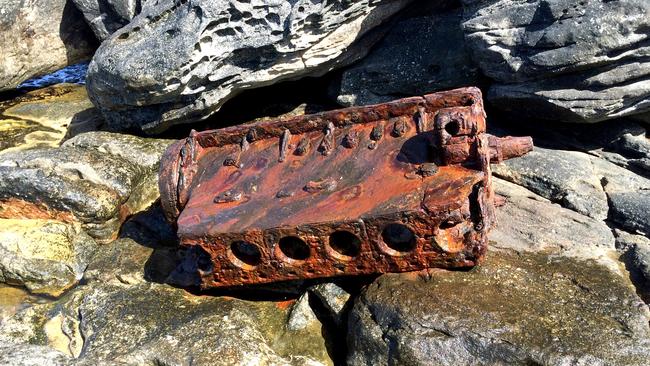
The navy said the men, William Palfreyman, of Mona Vale, and Frank Hope, of Balgowlah, had driven the stolen materials and equipment away in a truck and hoped to build a launch from them.
When police searched the men’s homes, they found the stolen property and when the men faced court in December, they were convicted and fined £10 each.
All that remains today of the HDML wrecked on North Head in August 1952 is a rusting engine block at the foot of the cliff.

